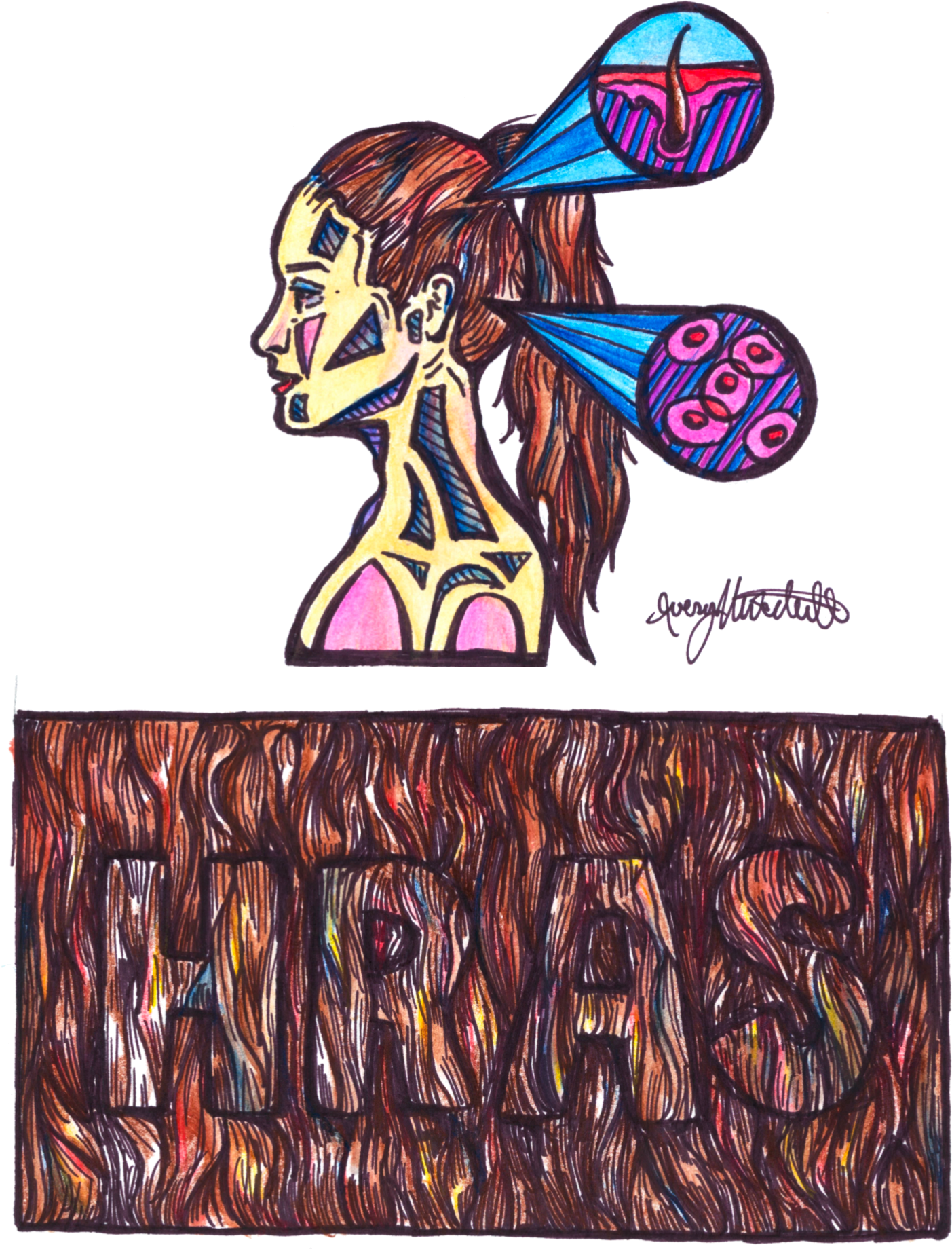
Avery Mitchell
A new study published out of the Yale Cancer Center demonstrates that cell mutations may not always cause cancerous tumors.
Led by then-Yale graduate student Cristiana Pineda GRD ’18, researchers in Yale’s Greco Lab introduced known cancer-causing mutation HRAS into the skin of mice, expecting tumors to form. Instead, they discovered that while the mutations persisted in the skin over time, the tissue remained normal — despite additional efforts by the team to induce tumor growth.
“It was frustrating for me at first, because I joined the lab to study cancer, and yet, none of these mice were getting cancer,” Pineda said. “They were just so highly resistant.”
The study revealed that specific qualities of the hair follicle contributed to this resistance. According to Pineda, the team never injected mutations into the epidermis, or the top layer of skin, of the mice: They only dealt with hair follicles, a location in the body known for its stem cells.
Slobodan Beronja, a researcher at the Fred Hutchinson Cancer Research Center and co-author of the study, explained that the findings have wide-sweeping implications.
“The most important part of the study is really conceptual,” he said. “The focus has always been on, ‘Here are the genes that cause cancer.’ But this is looking at it from a slightly different perspective. You can have these genes without developing cancer.”
According to Beronja, this is not the first time scientists have learned about the presence of mutations in healthy tissue, but this is the first time that they have paid attention.
“When you reach middle age,” he said, “if you’re not a judicious user of sunscreen, about 30 to 40 percent of all sun-exposed cells in the skin have these mutations that cause cancer. But for most of us, we’ll live out our days without getting skin cancer. This is something we’ve been aware of for years, but ignored the implications.”
Pineda explained that her project was a continuation of a previous study that looked at the skin’s ability to tolerate mutant cells — in those cases, the skin eliminated the mutations instead of allowing them to persist.
“This study was trying to figure out how that was possible,” she said.
The future of this area of study is particularly promising, Beronja said, adding that he sees an avenue for even more oncology breakthroughs based off this study.
If cells have mutations we believed to be cancer-causing yet no cancer develops, what is different in these cells than in the ones that do develop a tumor, he asked. In other words, the researchers hope to elucidate why a hair follicle is able to suppress tumors and whether those same traits can be applied to fight an existing tumor.
“It leads us to the question,” Beronja explained, “what is the mechanism of resistance? Because if there is a mechanism of prevention, this is presumably the mechanism that ultimately fails and allows for cancer to grow. If that is the case, is there a way to reactivate this natural mechanism once a tumor does form?”
About 12 percent of all human cancers contain mutations in the family of RAS proteins, including HRAS, according to Cancer Research UK.
Anna Gumberg | anna.gumberg@yale.edu







